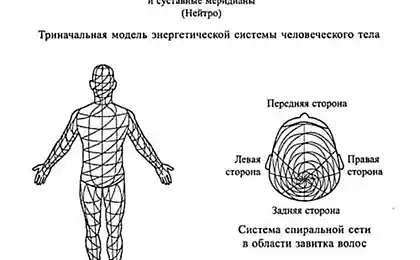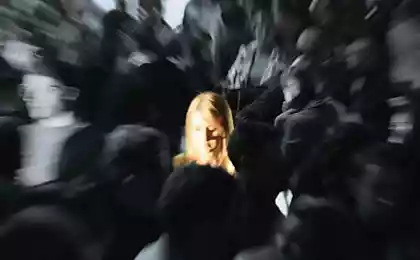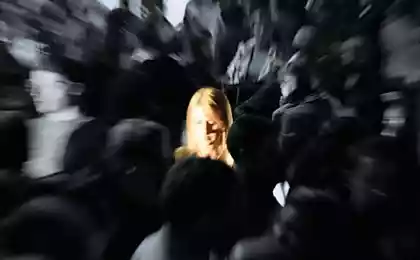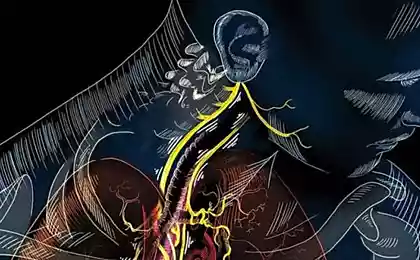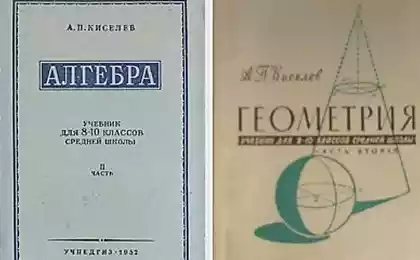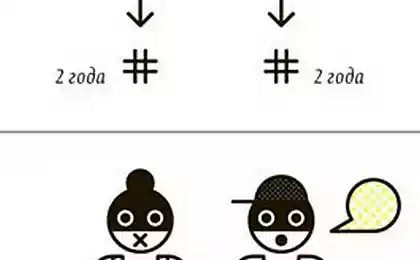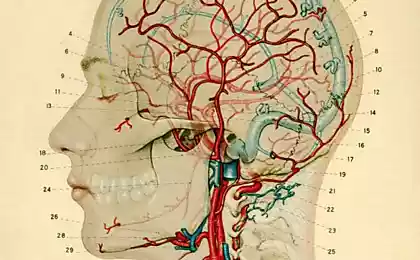490
The mathematics of mass: what determines the movement of the crowd

© Feng Li / Getty Images
We find ourselves in large crowds of people almost every day: in the subway, on buses, at concerts, matches, meetings. Which mathematical laws govern the movement of human masses? Is it possible to predict the occurrence of panic in the crowd? How to calm people down before you start a serious crush?
The structure of the crowd: -, strip and periphery
Any crowd — in transport, at a concert or football match, is always orderly, though very mobile structure. Today decided to allocate in it three elements: - average strip and the periphery. - The crowd is usually near the point at which focused everyone's attention, scenes, input, output. The people here are thicker, even if the crowd is moving: for example, all slowly walking to the metal detector. The crowd may be multiple cores, if there are several points of interest: cash, stairways, or even just the narrow passages.
The middle band is called a place where people are trying to get in - crowd or out of it. Here space is always more, and participants are constantly in motion. The periphery is the last line of the crowd. Here are wandering or those who are just going to join the crowd of people. On the periphery, you can move much freer than in the kernel, but it is in the case of panic is the most dangerous. - The crowd are able to rapidly move, so if the focus of attention suddenly turned to the object at the edge of the human stream immediately rushes there. Those who have just enjoyed a notable freedom will be instantly Packed to the nearest barrier: wall, fence, parapet. That's why the safest place in the crowd is not the periphery and not the core, and moving average band. In this transition zone you can still maneuver, and you always have the choice of where to go and whether to go at all.
The laws of motion: rotation of the head and phase transition
In normal condition the people in the crowd stepping over each other. We all saw it on the subway, stairs, passages and escalators. In this case, all are on the same speed and make the steps more or less the same length — because people tend to stay away from other people and obstacles. Of course, in any crowd there are those who pushes forward, maneuvering "in the circumstances", depending on the light. But their actions do not cause a panic, only to irritation.
The point when an ordered system is ready to collapse into chaos, in fact, quite easy to spot. Normal heads in the crowd is usually turned to one side, because all people see before them a common goal and use the same rules of motion. But when the panic starts, heads turn in different directions. The total motion vector of strays, a new direction, and it's a mess.
Experts call this point "phase transition". This concept is borrowed from the field of thermodynamics: here it denotes the moment when a substance changes from one thermodynamic phase into another under the influence of external factors begins to melt, to evaporate, to turn into drops or crystals. But if in the field of physics easy to understand what causes a phase transition in the management of human flows, all is not so simple.Today we know that a crush is often caused by obstacles. In order to simulate the interaction of people with them, for example, in the subway or at the station, physics Tomasi of Toffoli from Boston University (USA) and Norman Margolus from the Massachusetts Institute of technology (USA) proposed to use cellular automata, which describe diffusion processes. Thanks to the work with their colleagues from the National metallurgical Academy of Ukraine (Ukraine) recently found out that the crowd is the fastest way to pass obstacles when the flow is divided into three equal parts, and slowest when it breaks in half. If the passage is narrowed, the smallest boot and the passage of time provides the taper angle of 45 degrees and the largest angle of 90 degrees.
Crowd control: the width of aisle and choir,a Group of scientists from the Xian University of metallurgy and construction (China) has also conducted a number of studies to calculate what will be the critical aisle width required for the evacuation of people from underground in different densities of the crowd. Experts have found that at a density of 0.2 people per square meter (920 people at a large three-story stations, including 500 — level outputs), and corridor doors must be already 2 m and at a density of 4.0 people per sq m (18,400 on the station, including 10 000 — level outputs) is not already 6 m. the scientists Also noted that if the width of the passage is small, even a minor obstacle in it: for example, an apparatus for cleaning, — can create huge traffic problems and scare people.
Today there are several technologies eliminate panic in the crowd, passing "phase transition" or ready to have him. Panic the crowd is always devoid of rhythm, but if you do from the speakers or from the stage starts to sound slow rhythmic music, panic might fade away. The same applies to chanting. A classic case of researchers of mass psychology called the meeting at the velodrome in Paris in the 1930-ies. Then from-for a fire there was a panic, which was neutralized by two psychologists, who happened to be in the aisle. They started chanting who later became famous phrase: "Not tol-Kai!", — which was quickly picked up by the people around. As a result, the evacuation was peaceful, and everyone has left the velodrome, pleased with themselves and each other.In fact, it is the rhythm regulates and protects against panic — crowd at demonstrations, concerts and matches. The Russian social psychologist, political scientist and publicist Dmitry Olshansky wrote in his book "mass Psychology" that a huge role is played by choral singing, especially the singing of the marches. The rhythmic figure in this genre is the music uniform motion in four steps: in March all four share the sound of shock, and are identical in volume. Marching rhythm typical of much of well-known hymns and revolutionary songs from different eras; the content of the texts, inspiring a sense of hope and other positive emotions, is also often similar. "La Marseillaise", "warszawianka", "Venceremos" as well as rock ballads and other songs not just become a means of confronting fear and panic in acute situations — and remain so today. Rhythm creates a sense of confidence and community that allows us to predict other people's movements and adjust their. published
P. S. And remember, just changing your mind — together we change the world! ©
Source: theoryandpractice.ru
A difficult childhood does not excuse, or do all the high window sills
How to get a flat stomach in one thread
